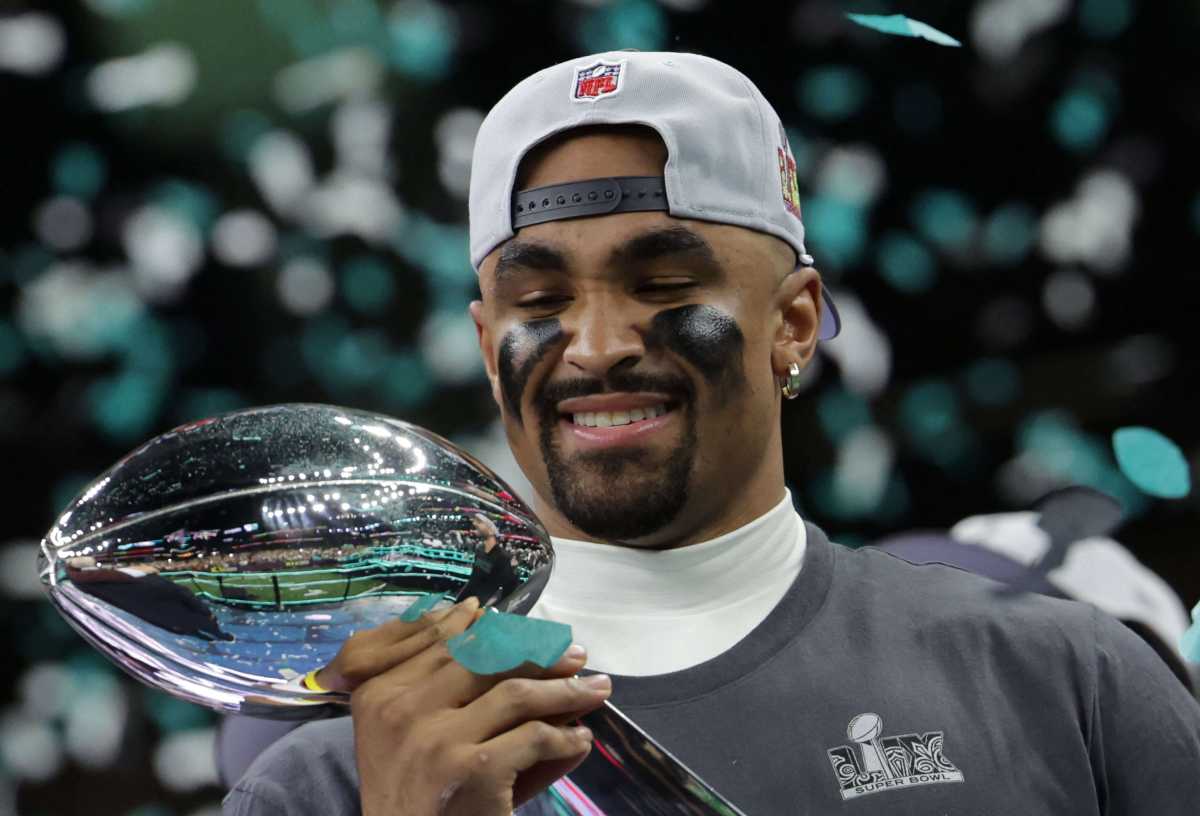After watching Kitty Lunn and Alice Sheppardrehearse for a few hours — doing flips and lifts on the ground — you don’t expect that after the music stops and the dance shoes come off they leave the studio in theirrespective wheelchairs.
But they do.
Both Lunn and Sheppard are both dancers who are living with disabilities that prohibit them from walking. Lunn, a professional dancer before her accident that led to a spinal cord injury in 1987, is theartistic director of Infinity Dance Theater. Lunn started the company in 1995, which includes dancers with and without disabilities. Lunn gave Sheppardher first dance lesson 10 years ago.
Lunn’s technique, inspired by her classical ballet and modern dance training, includes movements “transposed” for dancers who perform in wheelchairs, and is a combination of moves in the wheelchair and on the floor.
Lunn and Sheppard are two of 10 memberson the Dance/NYC 10-person task force. The organization, which promotes dance in New York City, is holding a conference on Wednesday along with the New York City Mayor’s Office for People with Disabilities and the City University of New York.
An estimated 810,000 New Yorkers have disabilities.
Last month, Dance/NYC released the results of a report, called “Discovering Disability,” that found in part that dance ranks third in arts programs offered to public school children with disabilities. Other key findings are justthree out of 358 dance groups who received National Endowment for the Arts grantswere given to companies that include dancers with disabilities, and that 330 of the 1,728dance rehearsal spaces in New York City are in compliance with Americans with Disabilities Act (ADA) standards.
Metro recently sat in on Lunn and Sheppard’s rehearsal of the “Unbound Suite,” which they’re set to perform at theOregon Shakespeare Festival in August. The rehearsal was three daysafter the Supreme Court ruled same-sex marriage is constitutional in all 50 states, and a day before Misty Copeland became the first black principal dancer at the American Ballet Theater.
Lunn said disability rights, unlike other civil rights victories in the past for black Americans and women, is different in part because the ADArequires fundamental architectural changes, not just conferring equal rights on people.
“July 26 is the 25th anniversary of the ADA … What I hope to accomplish with this conference is what those of us who toil in this arena already know: that those who don’t still look at this only seeing the accommodation, the wheelchair, the crutch, the brace, the walker. So what is dance? Dance is a rhythmic movement of the body,” Lunn said.
And, dancers with disabilities continue to be discriminated against in the professional dance world in New York City, according to Lunn.
Lunn said she was reluctantly “allowed” to take class in a studio when she first returned to dancing 30 years ago, and still can count on one hand the number of dancers with disabilities she knows who take “mainstream” classes.
Within her company, Lunn is strict: no wheelies are allowedin Infinity Dance performances, nor are wide smiles or subpar performances.
“There are many critics in the mainstream dance world who don’t believe what we are doing is dancing, all I think we can do is our best work,” Lunn said.
“I think it’s really important to recognize that disabled dance study a variety of techniques, and they can have access to dance education, and the work that we do is recognized for its art — ,” Sheppard said.
“ — and not as therapy,” Lunn finished.




















